 I. The first term, common difference, and number of terms being given to find the last term, and sum of all the terms. RULE 1. — Multiply the number of terms, less one, by the common difference, and to that product, add the first term, the sum is the... I. The first term, common difference, and number of terms being given to find the last term, and sum of all the terms. RULE 1. — Multiply the number of terms, less one, by the common difference, and to that product, add the first term, the sum is the...  American Common-school Arithmetic ... - Page 163by Rufus Putnam - 1849Full view American Common-school Arithmetic ... - Page 163by Rufus Putnam - 1849Full view - About this book
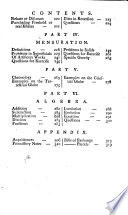 | Charles Vyse - Arithmetic - 1785 - 350 pages
...Progrcffioli, beginning at I, and continuing by the Increafc of 2 to 100 Places? PROPOSITION VII. The firft Term, common Difference, and Number of Terms being given, to find the Sum of all the Series. RULE. From tli? Product of the Number of Terms in the common Difference, fubtra'cl:... | |
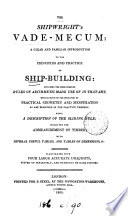 | David Steel - 1805 - 392 pages
...Given one of the extremes, the common difference, and the number of terms, to find the other extreme. RULE. Multiply the common difference by one less than the number of terms ; then add the product to the first term, to find the greatest extreme ; or deduct it from the largest... | |
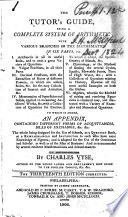 | Charles Vyse - Arithmetic - 1806 - 342 pages
...Arithmetic Progression, beginning at 1, and continuing by the Increase of 2 to 100 Places? PROPOSITION VII. The first Term, common Difference, and Number of Terms being given, to find the Sum of all the Series. RULE. From the Product of the Number of Terms in tl# common Difference, subtract... | |
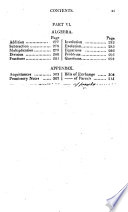 | Charles Vyse - Arithmetic - 1815 - 340 pages
...arithmetical progression, beginning at 1, and continuing by the increase of 2 to 100 places?' PROPOSITION VIL The first term, common difference, and number of terms being given, to find the sum of all the series. RULE.' From the product of the number of terms in the common difference, subtract... | |
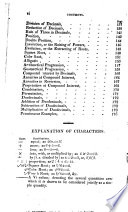 | Thomas Tucker Smiley - Arithmetic - 1825 - 224 pages
...the last term, the number of terms, the common difference, and the sum of all the terms. / Case 1. The first term, common difference, and number of terms being given to find the last term and sum of all the terms. Rule. 1. Multiply the number of terms less 1 by the common difference and... | |
 | B. M. Tyler - Arithmetic - 1827 - 308 pages
...first pile, cd the second, &c. It has been observed, that we shall find the last term by multiplying the common difference by one less than the number of terms, and adding the first term to the product. By examining the plate, it will be seen that 2 blocks are JD.... | |
 | Martin Ruter - Arithmetic - 1828 - 180 pages
...middle one, which, when doubled makes 12, and the extremes whenadded together make the same amount. CASE I. The first term, common difference, and number of terms, being given, to find the last term and sum of all the terms. RULE. Multiply the common difference by one less than the number of terms,... | |
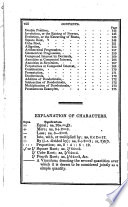 | Thomas Tucker Smiley - 1830 - 188 pages
...the last term, the number of terms, the common difference, and the sum of all the terms. . Case 1. The first term, common difference, and number of terms, being given, to find the last term, and sum of all the terms. Rule. 1. Multiply the number of terms, less l,by the common difference, and... | |
 | Martin Ruter - Arithmetic - 1831 - 190 pages
...middle one, which, vhen doubled makes 12, and the extremes when added ogether make the same amount. CASE I. The first term, common difference, and number of terms, being given, to find the last term and &vm of all the terms. RULE. 'Multiply the common difference bv one less than the number of terms,... | |
 | Encyclopedias and dictionaries - 1834 - 566 pages
...from these it is easy to find the last terra and the sum of all the term». To find the last term, multiply the common difference by one less than the number of terms, and add the first term to the product. To find the sum of all the terms ; take the number of terms, the sum of... | |
| |